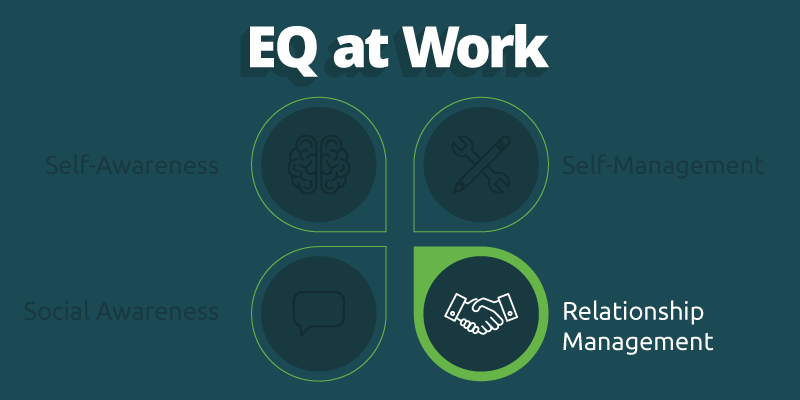
This is part two of our employee engagement series – if you missed part one, you can find it here!
Last week, in part one of this blog series, we explained the global employee engagement crisis and discussed why high engagement should be the goal of every organization.
That said, employee engagement isn’t something an organization can achieve overnight; it’s a result of multiple factors, and the strength of those factors determines the level of engagement.
This week, we’ll look at a SHRM study that discovered seven conditions for an organization to reach a high level of employee engagement.
Those seven conditions are:
- Relationship with coworkers
- Contribution of work to the organization’s business goals
- Meaningfulness of the job
- Opportunities to use skills and abilities
- Relationship with immediate supervisor
- The work itself
- The organization’s financial stability
We’ve taken the liberty of consolidating these factors into three categories:
- Relationship Conditions
- Relationship with coworkers
- Relationship with immediate supervisor
- Output Conditions
- The work itself
- Opportunities to use skills and abilities
- Contribution of work to the organization’s business goals
- Organizational Duties
- The organization’s financial stability
Relationship Conditions
Travis Bradberry, author of Emotional Intelligence 2.0, wrote in a Forbes article, “Emotional intelligence is the single biggest predictor of performance in the workplace and the strongest driver of leadership and personal excellence.”
When you see how relationship management is linked to engagement, and engagement to performance, it’s easy to see why the correlation between EQ and career success exists.
Relationships are at the heart of a functional organization, and strong communication helps things get done. An engaged employee understands how to communicate with their coworkers and has a strong relationship with their immediate supervisor.
In their employee engagement surveys, Gallup always asks the question, “Do you have a best friend at work?” Gallup reports that employees who have best friends at work experience 36% fewer safety incidents, have 7% more engaged customers, and are 12% more profitable.
Clearly, relationships with coworkers and supervisors impact employee engagement.
Output Conditions
Output conditions encompass the nature of the work we ask our employees to accomplish. This condition is all about fulfillment. Are employees given meaningful work? Do they understand why their work is meaningful?
For employees to understand these concepts, the organization must also understand and live their values.
This is your chance to define your “why statement”: why your organization exists, and how the work you do impacts the world. When the organization is driven by this sentiment, it’s much easier for employees to understand the meaningfulness of their work.
Organizational Duties
The organization has a single condition to maintain if they want to keep employees engaged – maintaining financial stability.
Employees will only invest their time and effort if they think there will be a payoff – and if there is to be a payoff, then the organization must be in operation.
This should be a priority for any organization, regardless of that organization’s levels of employee engagement.
This model, while perhaps not the most detailed, does provide a great baseline for organizations to increase their employee engagement. Cover these bases, and you will see engagement improve in your organization.
To improve the relationship conditions in your organization, check out this article on how to help employees better manage work relationships:
Be sure to check out part three of this series for a deeper dive into these employee engagement strategies.

